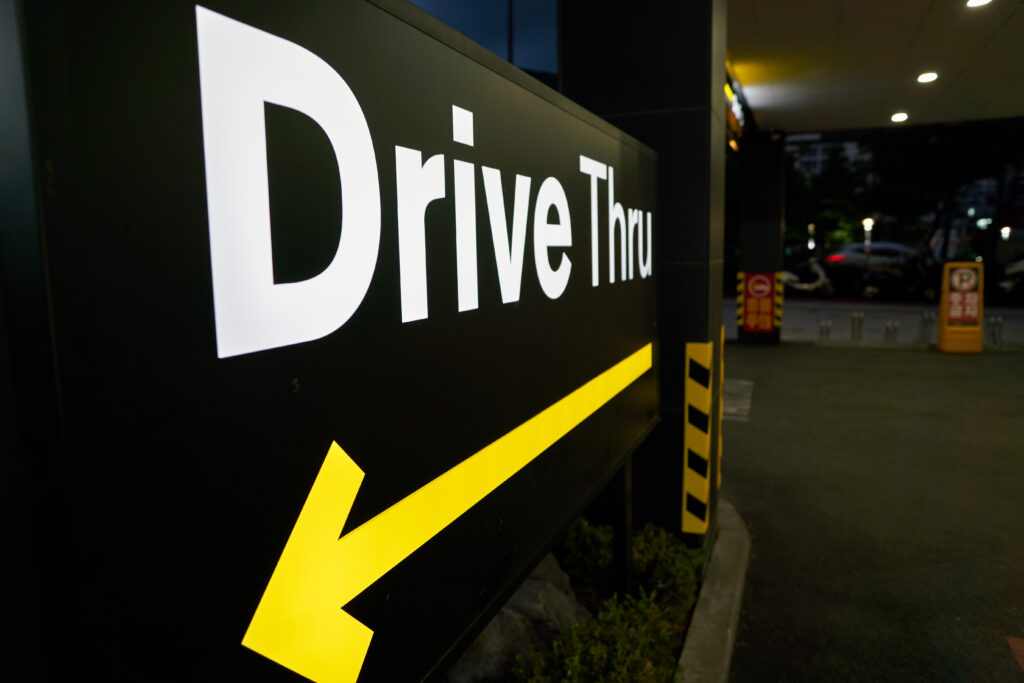In the ever-evolving landscape of the fast-food industry, innovation is key to staying ahead of the curve. Over the past few years, one of the most notable advancements has been the integration of digital menu boards and kiosks in drive-thru setups. This technological shift has not only revolutionized the way customers interact with their favorite fast-food joints but has also brought about significant benefits for both businesses and consumers alike.
Gone are the days of squinting at static menu boards with limited visibility or struggling to make modifications to orders amidst the rush-hour chaos. With digital menu boards, drive-thru patrons are greeted with vibrant displays showcasing an array of menu items, complete with vivid imagery and real-time updates. This dynamic presentation not only enhances the overall aesthetic appeal but also provides a more engaging and interactive experience for customers.
An Enhanced, Streamlined Ordering Process
Furthermore, the introduction of self-service kiosks has streamlined the ordering process, allowing customers to customize their meals with ease and convenience. Whether it’s adjusting portion sizes, swapping out ingredients, or exploring additional add-ons, the intuitive interface of kiosks empowers consumers to tailor their orders according to their preferences, all with just a few taps of the screen.
But the benefits of digital menu boards and kiosks extend far beyond mere convenience. Statistics have shown that these technological innovations have a tangible impact on upselling and revenue generation. According to a study by the National Restaurant Association, establishments that have implemented digital menu boards have reported an average increase in sales of up to 20%. This uptick can be attributed to several factors, including the ability to showcase promotional offers, highlight high-margin items, and leverage suggestive selling techniques through dynamic content.
A Tool for Upselling Additional Menu Items
Similarly, self-service kiosks have proven to be effective tools for driving upsells and maximizing order value. Research conducted by Deloitte revealed that customers tend to spend an average of 20-30% more when using self-service kiosks compared to traditional counter service. This phenomenon can be attributed to the absence of social pressure, allowing customers to explore menu options at their own pace without feeling rushed, as well as the convenience of browsing through upsell prompts and recommendations tailored to their preferences.
Reducing Wait Times and Increasing Order Accuracy
From a business standpoint, the implementation of digital menu boards and kiosks offers a multitude of advantages beyond just boosting sales. By reducing wait times and improving order accuracy, drive-thru operations become more efficient, leading to higher throughput and improved customer satisfaction. Moreover, the ability to collect and analyze data from digital platforms enables businesses to gain valuable insights into consumer behavior and preferences, informing strategic decision-making and marketing initiatives.
In conclusion, the integration of digital menu boards and kiosks has undeniably transformed the drive-thru industry, offering a win-win solution for both businesses and consumers. By enhancing the customer experience, driving upsells, and optimizing operational efficiency, these technological innovations have become indispensable tools for success in the competitive fast-food landscape. As we continue to embrace digitalization in the realm of quick-service dining, it’s clear that the future of drive-thru experiences is brighter than ever before.



